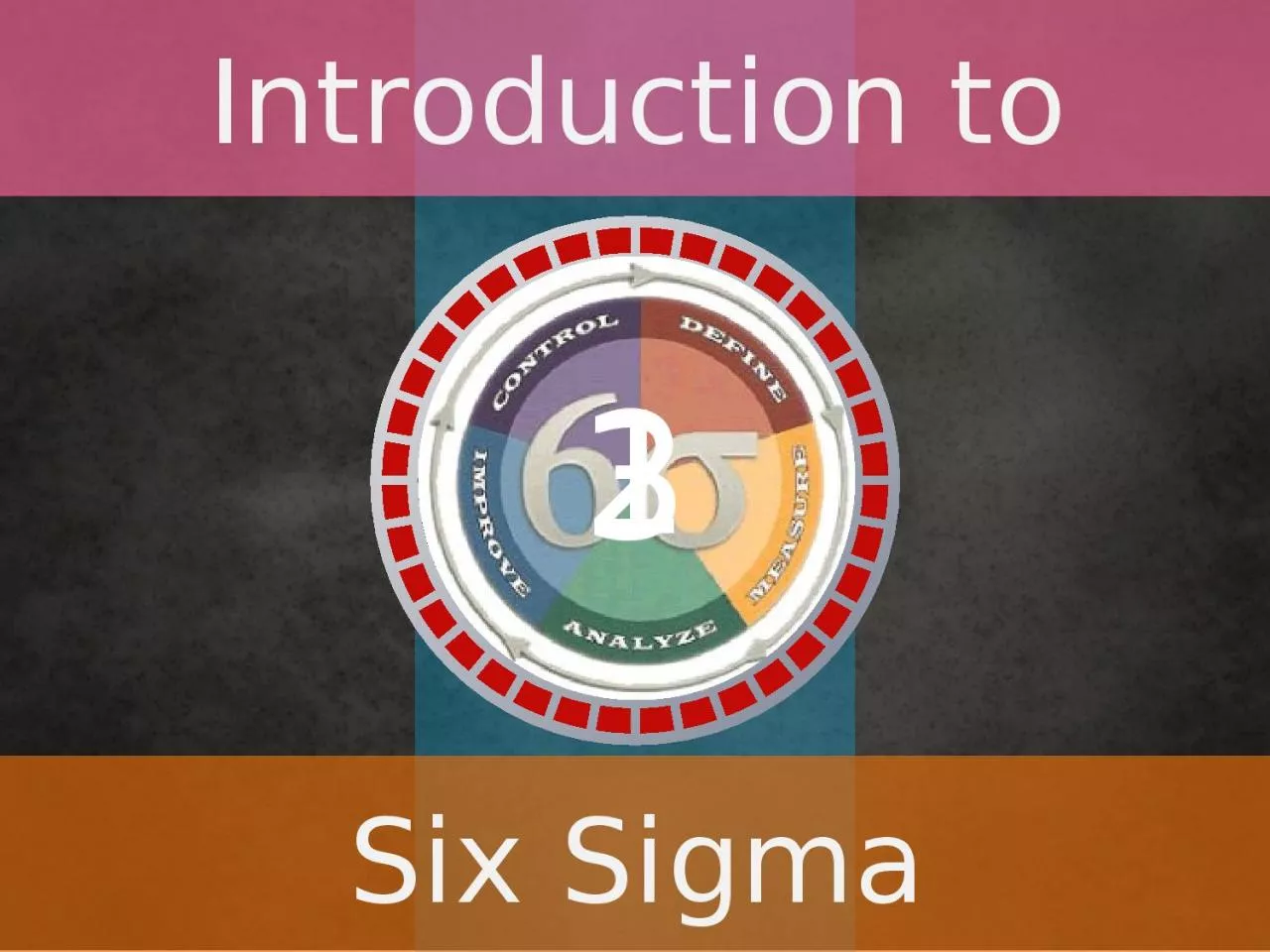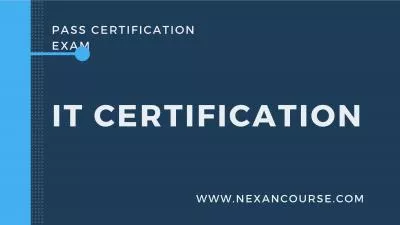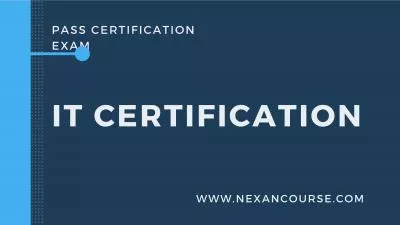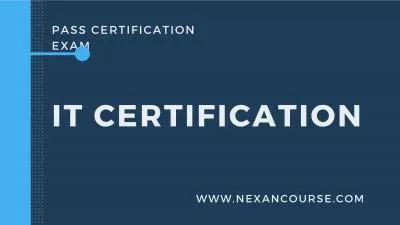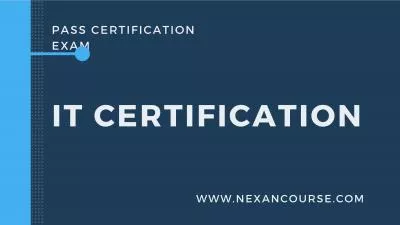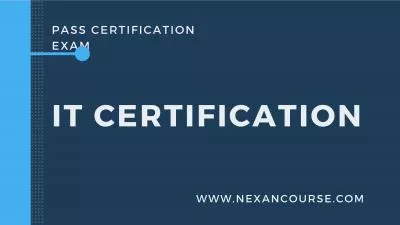PPT-1 2 3 Introduction to Six Sigma
Author : norah | Published Date : 2023-09-21
Introduction A cloth whose weaving is not proper and uniform A matchstick whose sulphur is missing A glass with air bubble in it Look at the below products When
Presentation Embed Code
Download Presentation
Download Presentation The PPT/PDF document "1 2 3 Introduction to Six Sigma" is the property of its rightful owner. Permission is granted to download and print the materials on this website for personal, non-commercial use only, and to display it on your personal computer provided you do not modify the materials and that you retain all copyright notices contained in the materials. By downloading content from our website, you accept the terms of this agreement.
1 2 3 Introduction to Six Sigma: Transcript
Download Rules Of Document
"1 2 3 Introduction to Six Sigma"The content belongs to its owner. You may download and print it for personal use, without modification, and keep all copyright notices. By downloading, you agree to these terms.
Related Documents

